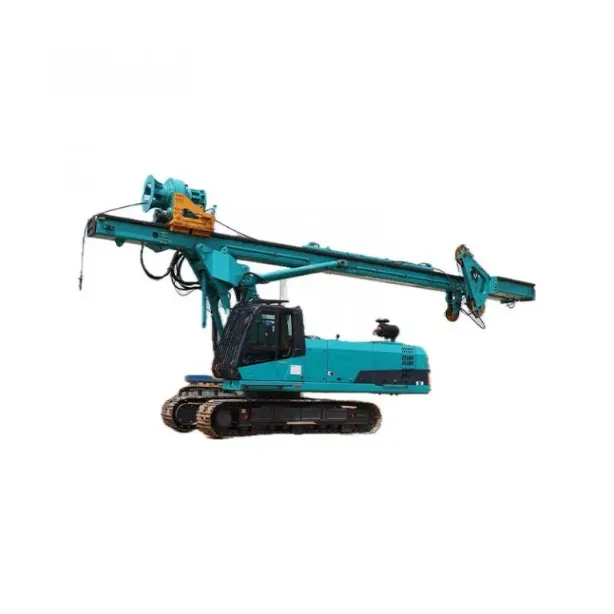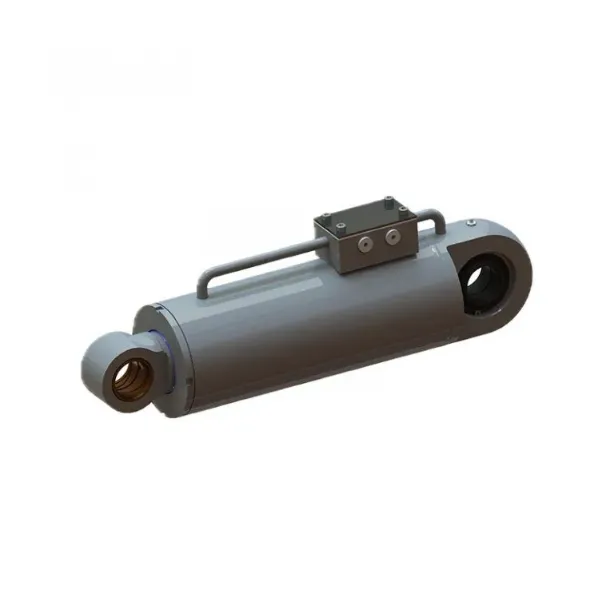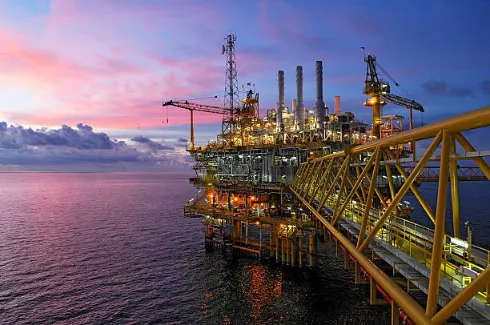
Introduction to Hydraulic Cylinders
Hydraulic cylinders sit at the heart of many machines we see every day. They appear in construction gear, farm tractors, factory presses, and transport systems. Their role is simple yet powerful: they change fluid energy into straight line push or pull. With this, heavy jobs like lifting, pressing, and holding become possible.
Among many types, two are the most common, single acting hydraulic cylinders and double acting hydraulic cylinders. Both serve key roles, but they are not the same. Each comes with its own design, strengths, and weak points. For buyers and users, knowing these details can save money, raise output, and cut downtime.
What is a Single Acting Hydraulic Cylinder?
Working Principle
A single acting cylinder has just one oil port. When fluid enters, the piston moves in one way. To return, the piston depends on a spring, gravity, or the load itself.
Advantages of Single Acting Cylinders
Simple style: Fewer parts, light build.
Lower cost: Easier on the budget, good for small jobs.
Less upkeep: With fewer seals, less chance of leaks.
Limitations
Moves in only one direction.
Not fit for work that needs both push and pull.
Not great for long and heavy use.
Examples: car jacks, waste compactors, and some farm gear where the piston can reset without powered retraction.
What is a Double Acting Hydraulic Cylinder?
Working Principle
A double acting cylinder has two ports. Oil enters one side to push the piston out. Oil enters the other side to pull it back. This design gives power both ways.
Advantages of Double Acting Cylinders
Two way force: Can extend and retract with equal control.
More accurate: Offers smoother, more steady motion.
Efficient use: Works well for tasks that need full cycles.
Limitations
More parts: Design is more complex than single acting.
Higher price: Costs more to make and buy.
Extra service: Needs regular checks to stay in good shape.
Examples: excavators, directional drills, forklifts, cranes, and large presses.

Single Acting vs. Double Acting Hydraulic Cylinders: A Detailed Comparison
Design & Construction
Single acting: One port, small and simple.
Double acting: Two ports, stronger build, for tough jobs.
Power & Control
Single acting: Power one way, returns with outside help.
Double acting: Full push and pull power.
Cost & Maintenance
Single acting: Cheaper and easy to keep.
Double acting: More costly, but gives more options.
Durability & Efficiency
Single acting: Good for light or part time loads.
Double acting: Best for heavy, nonstop duty.
Summary Comparison Table
| Feature | Single Acting Cylinder | Double Acting Cylinder |
| Ports | 1 | 2 |
| Force Direction | One way | Two way (extend & retract) |
| Design Complexity | Simple | More complex |
| Cost | Lower | Higher |
| Best Applications | Car jacks, compactors, farm lifts | Excavators, drilling rigs, presses |
| Maintenance | Low | Medium to High |
Applications in Different Industries
Common Uses of Single Acting Cylinders
These cylinders suit jobs that only need power in one move.
Waste compactors: Push waste down, then reset by gravity.
Vehicle lifts: Raise with pressure, return by load weight.
Farm tools: Plows or sprayers where powered return is not needed.
Common Uses of Double Acting Cylinders
Double acting types fit better where full cycles and steady control are key.
Excavators: Move arms and booms for digging.
Directional drilling rigs: A focus for Shining Hydraulic. Cylinders can be made as single or double acting depending on buyer needs. This makes drilling rigs work better under hard ground conditions.
Material handling: Forklifts, cranes, and loaders need careful two way movement.
Mining machines: Used for drilling, lifting, and crushing in extreme loads.
How to Choose Between Single and Double Acting Hydraulic Cylinders
Think about these points:
Load size: Heavy jobs or two way work favor double acting.
Work place: Harsh or precise jobs often need powered retraction.
Budget level: Single acting saves cost for simple tasks.
Service needs: If downtime is costly, stronger designs pay off.
Shining Hydraulic can help buyers choose. Their team offers designs that fit the machine, so each cylinder does the job right.
Why Partner with Shining Hydraulic?
Choosing cylinder type is only step one. Picking the right maker is just as key. Shining Hydraulic brings:
Custom builds: Made for farming, mining, drilling, or building.
Strict testing: Pressure, leak, and life cycle tests on every piece.
Tough parts: Forged piston rods, chrome plating, and welded bodies.
Global reach: Products sold worldwide.
After sales support: Service and help to cut downtime.
Conclusion
Hydraulic cylinders power much of today’s heavy equipment. The choice between single acting and double acting depends on the job.
Single acting cylinders are cheaper, simple, and good for one way jobs.
Double acting cylinders are stronger, more flexible, and best for tough work.
In farming, mining, drilling, and building, the right pick helps raise safety, cut downtime, and keep machines running longer.
At Shining Hydraulic, cylinders are made to fit the job, not just sold as one style. Whether you need a basic single acting type or a fully custom double acting build, the company can provide.
Get in touch with Shining Hydraulic today to find the best hydraulic cylinder for your machine.
FAQ on Single Acting vs Double Acting Hydraulic Cylinders
Q1: What’s the main difference between single and double acting hydraulic cylinders?
A1: Single acting gives power one way. Double acting gives power both ways.
Q2: Which type is better for heavy duty machinery?
A2: Double acting is better for nonstop, heavy work such as excavators or drilling rigs.
Q3: Are double acting cylinders always more expensive?
A3: Yes, they cost more. But they also last longer and work better, so they may save money later.
Q4: Can single acting cylinders be used in industrial automation?
A4: Yes, but only if retraction does not need fluid power. If it does, double acting is the smarter pick.







